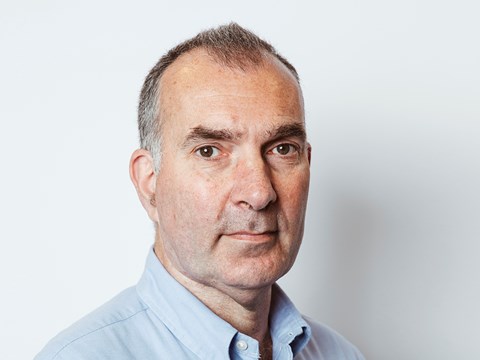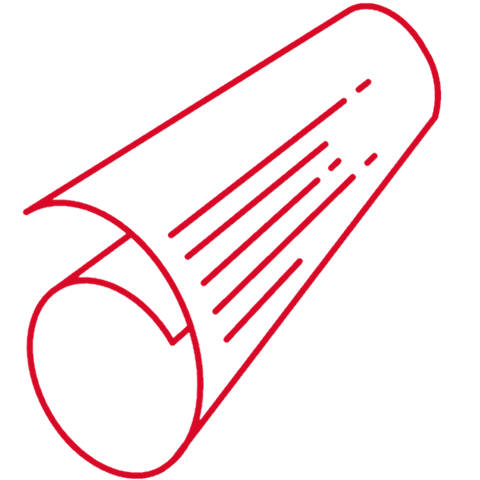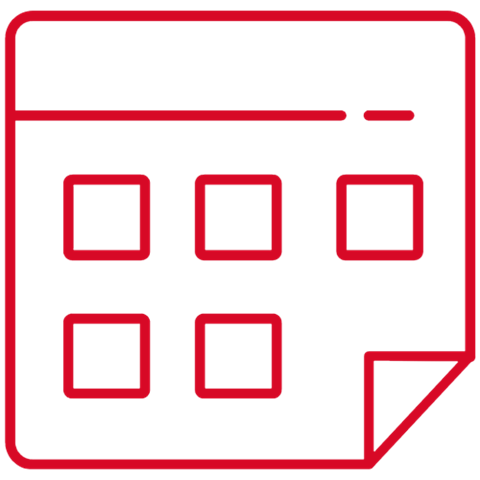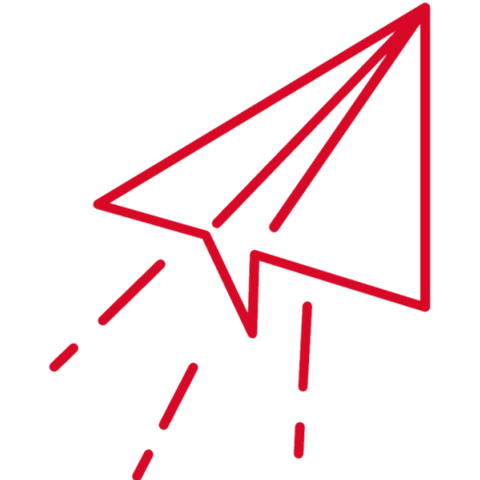Managing disruption calls for creativity, cooperation and better ways of charging
07 Jan 2019
This year we carried out research into the way client/agency models are evolving, prompted by universal interest among brand owners as to whether or not they had the right operating model to help future-proof their business in the face of current disruption.
There’s a summary of the research earlier in this edition of Pulse, and if you’re interested in reading the complete report, you can download it here.
Following publication, we’ve met with many CMO’s and their teams to discuss the research findings in more detail, as well as hosting a thought-provoking session with over 60 agency leaders to discuss the issues raised.
So with the benefit of a little distance and perspective, I have three observations on the research findings, and reactions to them.
1. Our collective attention has shifted away from creative excellence.
Our industry – brands owners, agencies, media owners, tech platforms and consultancies – has become obsessed with how we do what we do, at the expense of the quality of what we deliver. With all attention apparently focused on operating models, we appear to have collectively lost the focus on the creative excellence that used to drive agencies to produce great work for their clients.
The link between creative excellence and business success is proven. We must give creativity greater attention.
2. Disruption is constant and all around us. We have to manage it all at the same time.
One of the reasons there’s been so much talk about new models is the continuous disruption that’s taking place. But the operating model is just one element of how brands and agencies are looking to deal with that disruption. In-housing, in-sourcing and out-sourcing capabilities also have a direct impact on the operating model, and their impact on talent recruitment and retention across agencies and brand organisations has yet to play out. An agency’s access to first-party data has a huge impact on its ability to add more value. And short-termism across agencies’ performance measurement and CMO’s job tenure both contribute to the sense of never-ending disruption.
Greater success will come from the visionaries that exist in brands and agencies working more closely together to navigate this continuous disruption. It will be uncomfortable and difficult. But isn’t anything that’s worth doing well?
3. The value exchange between agencies and clients needs to be recalibrated if agencies are to continue to add value.
The fault lines in a remuneration construct based exclusively on time are increasingly evident and unsustainable. Agencies have maintained and, in some cases, grown their margins through judicious cost management, but the cuts have run pretty deep and there’s little opportunity for more meaningful efficiencies without the quality of the offer being seriously compromised. Agencies have to adopt and sell a more dynamic pricing structure that rewards thinking that transforms businesses, and work that commands higher-margin returns. This, in turn, can be balanced by low-margin fees for lower-value services.
It feels like the financial race to the bottom has been run, and there’s only one way to go to survive – up.
About The Author
